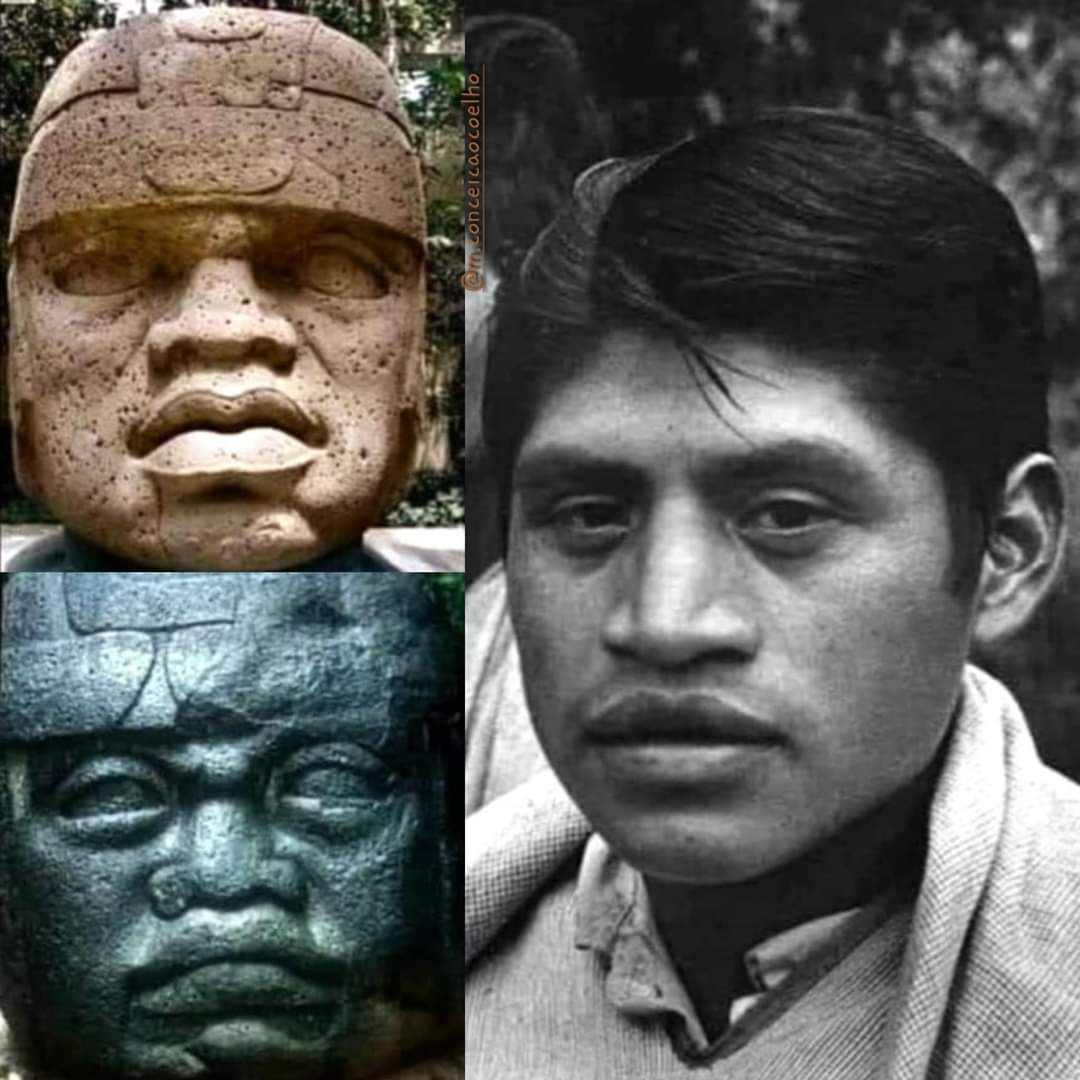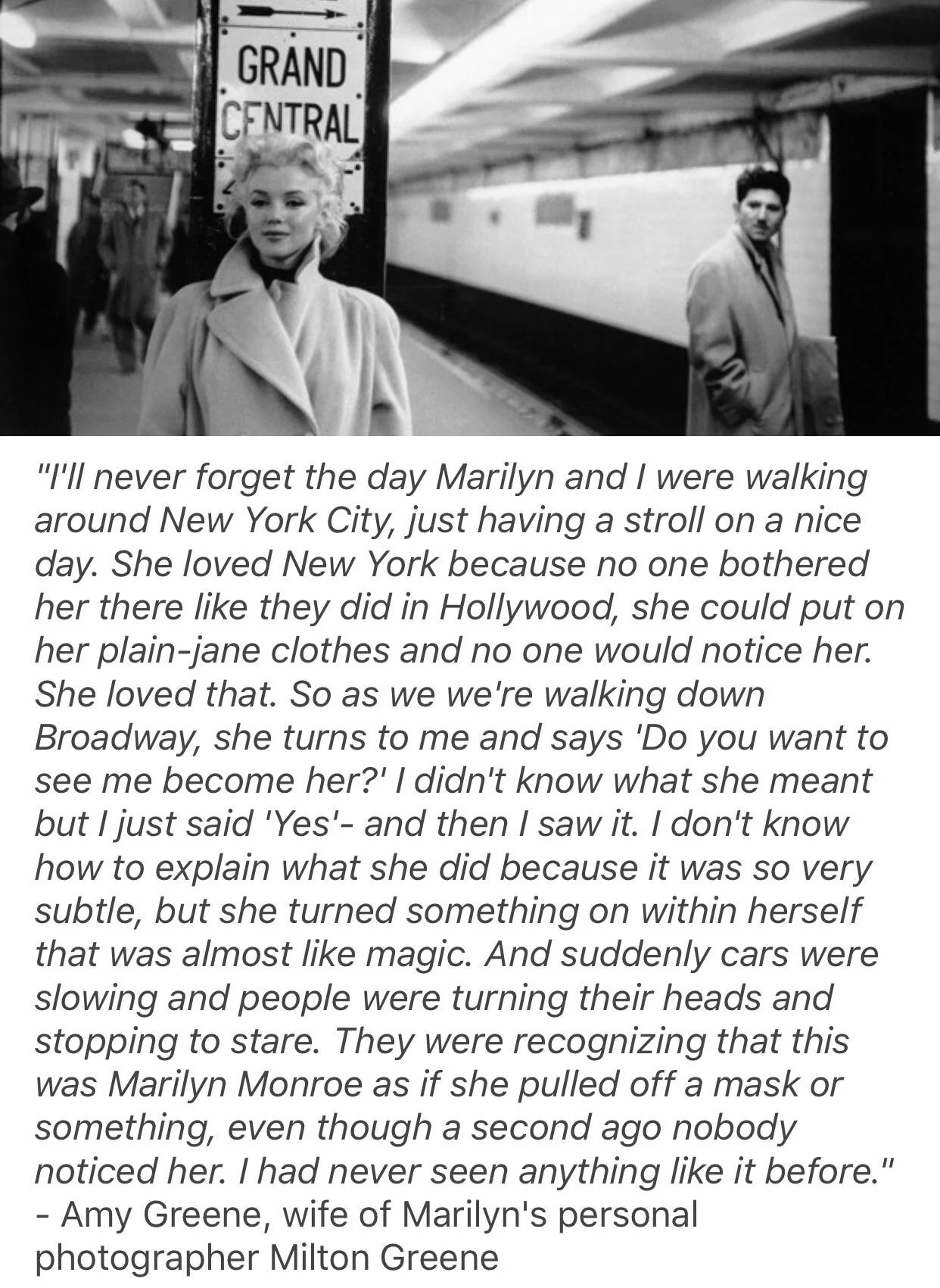Five years ago, Donald J Harris, father of Kamala Harris, revealed his belief that he is descended from Hamilton Brown, born in Ballymoney around 1776. Brown emigrated to Jamaica and ran sugar plantations. He owned scores of slaves, some treated harshly.
In an essay by Harris, published by the Jamaica Global Online website, the Stanford University professor wrote: "My roots go back, within my lifetime, to my paternal grandmother Miss Chrishy (nee Christiana Brown, descendant of Hamilton Brown who is on record as plantation and slave owner and founder of Brown’s Town)." Donald J Harris emigrated to the US from Jamaica in 1961.
That story has been given fresh impetus since Joe Biden paved the way for Kamala Harris to become the Democratic presidential candidate. In recent weeks, a County Antrim historian said he had found documentation shedding further light on Hamilton Brown.
Stephen McCracken told the local newspaper, the Ballymoney Chronicle, that he had discovered letters connecting Brown to his birthplace in Bracough, a townland just outside Ballymoney. He told the newspaper that Brown was "a seriously bad man, who travelled to London a few times to campaign against the abolition of slavery".
The Irish Times picked up on the story, as did the Belfast Telegraph and the Daily Mail.
"I've been getting a wee bit of abuse over it," McCracken told the Irish Times. "People have been asking me why I've publicised it."
When I asked him for an interview, he declined, citing an abusive backlash via social media, including Kamala Harris supporters accusing him of trying to wreck her campaign.
Right-wing and pro-Trump memes have circulated since 2019, painting the Harris family as "descended from slave owners", without any context. These tropes deliberately ignore the ugly explanation that slave owners commonly raped their female slaves, explaining why many black Jamaicans have European genes.
In the ultra-polarised world of American politics, Kamala supporters were allegedly hitting out at those publicising her heritage, seeing it as ammunition for further MAGA propaganda.
Meanwhile, the Ballymoney Chronicle carried a follow-up piece practically debunking the original claim of lineage. A qualified genealogist told the paper that the links were "unproven", and said Hamilton Brown was not recorded as getting married or having children.
When I asked that genealogist for an interview - they agreed. The next day they abruptly cancelled, calling the story "a pile of nonsense".
I asked McCracken for further details of his research. He stopped replying.
A third historian told me he didn't think existing documentation would ever prove the link. "You'd need DNA testing," he said.
I felt like I was encountering a wall of silence from others in Ballymoney. Multiple phone calls, messages and emails to a high-profile local DUP councillor went unanswered. A Sinn Fein colleague seemed unaware of the story and not overly interested in an interview. Ballymoney business owners declined to arrange interviews, or were not returning calls.
Repeated attempts to visit Ballymoney were abandoned due to rioting in Belfast. Another journey was aborted after the Sky News satellite van suffered a blow-out on a particularly inhospitable stretch of road.
The story was starting to feel a bit cursed.
...
You can’t visit the "Barack Obama Plaza" motorway service station outside Moneygall, Co Offaly, without a sense of the faintly ridiculous Irish enthusiasm for presidential heritage. Petrol and a chicken fillet roll downstairs, Obama visitor centre upstairs.
Yet, half a decade on from Donald J Harris’s revelation, there isn’t a solitary sign of the transatlantic connection in Ballymoney. Not a mural, a sign, a US flag or an enterprising cafe with a Kamala-themed name.
But some locals were happy to talk.
In the W & J Walker hardware shop, paint brushes from both the "Hamilton" and "Harris" brands hung serendipitously side-by-side.
"People around here like family trees," said worker Joanne Donnell. "They like to go back to the original people."
"It’ll bring a bit of excitement to the town," her sister Rhonda Lafferty said. "We get a lot of visitors here from America, this summer especially."
Neither woman seemed concerned that Hamilton Brown was a slave owner. "People take these things with a pinch of salt," said Joanne. "It was a long time ago."
Winifred Mellot owns the bustling The Winsome Lady clothes shop. A popular figure, she is also the long-serving president of the Ballymoney Chamber of Commerce. She doesn't think Brown's slave-owning past should sour any future celebrations.


